48 hours in Tokushima
by Raina, staff writer of japan-guide.com
| previous post |
| next post |
2015/12/10 - 48 hours in Tokushima
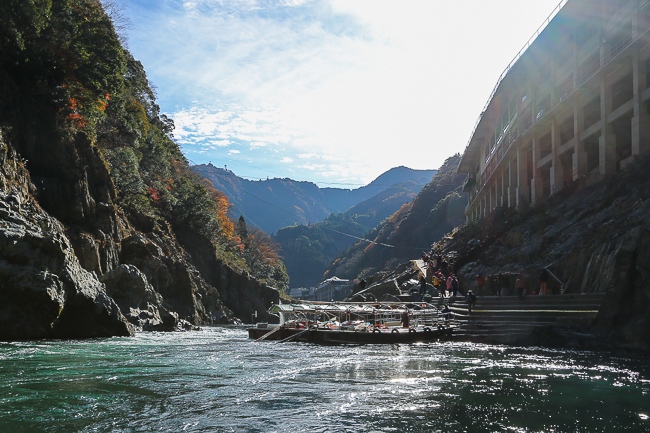
I had the opportunity to spend about 48 hours in western Tokushima. From Tokyo's Haneda Airport, it was a 70-minute flight to Tokushima Awaodori Airport. I had a tentative plan with a few must-go places on my list to visit and altered my itinerary depending on the weather. It takes about 90 minutes to drive from the airport to western Tokushima along the expressway. Off the expressway, the local roads in the valley tend to be curvy and winding and are narrow in some areas. While some sightseeing spots may look fairly close on the map, they may take some time to get to, and it would be advisable to allocate extra time for transport.
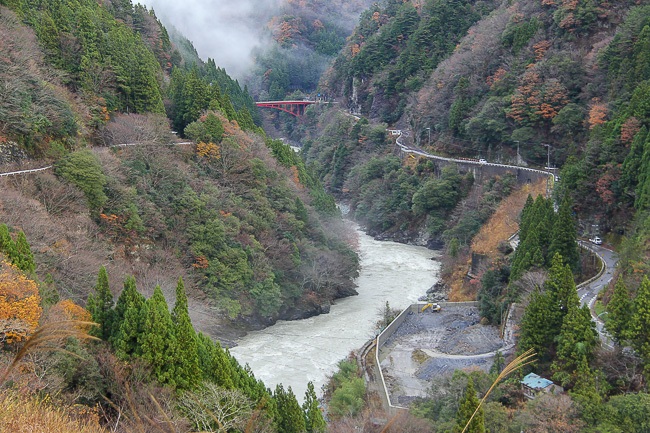
I first headed into the Oboke Gorge where I joined a sightseeing cruise along the Yoshino River and fell in love with the view (the sunny weather and blue skies helped as well). The cruise took about 30 minutes, and all passengers had to remove their shoes and wear life jackets. The boatman gave a brief introduction of the gorge and the cruise in Japanese, and I was given an English brochure which outlined the same content. The boat was equipped with heated tables and blankets, and my legs were warm and toasty despite the chilly temperature. The Yoshino River was very clear, allowing us to spot some huge koi fish along the way.
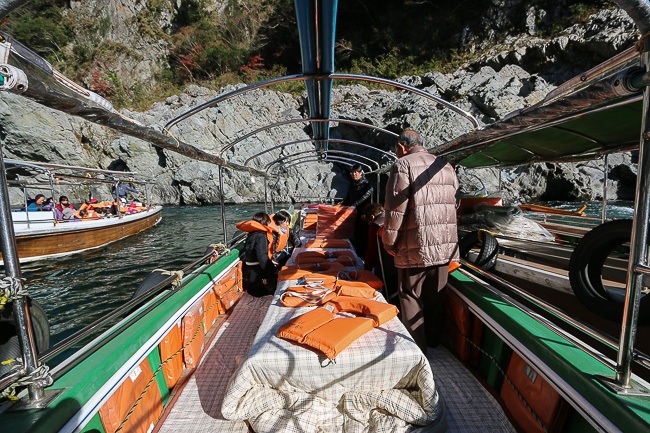
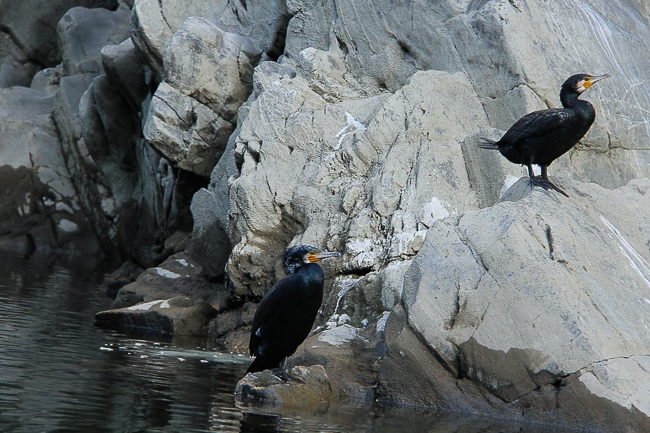
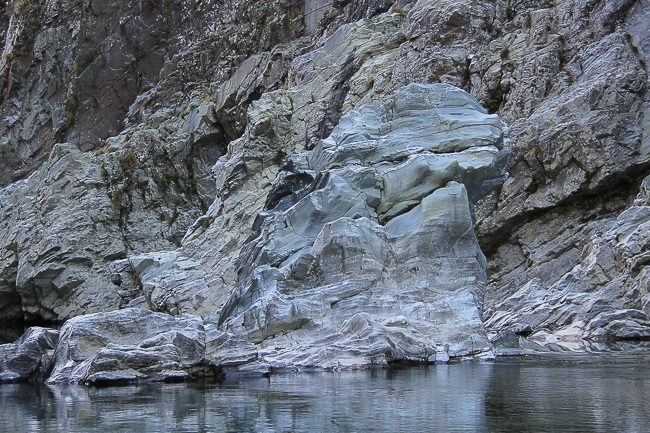
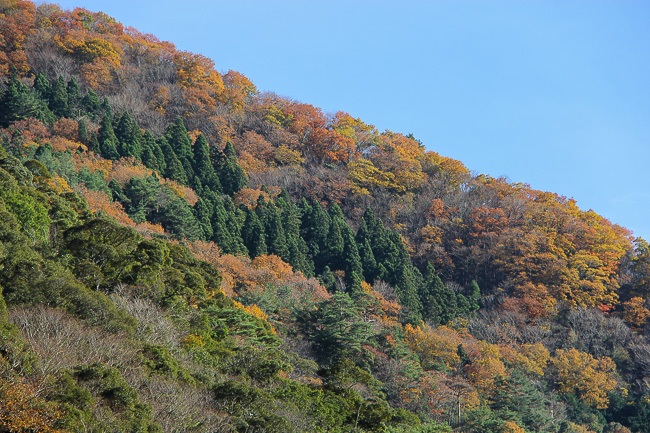
After the cruise, I made my way to the JR Oboke Station, served by the JR Dosan Line that connects Kagawa and Kochi prefectures. The station is small and quaint, and there is a small mart near the station that sells everything - like a hybrid of supermarket and convenience store. Across from the small Oboke Mart is a restaurant that serves up hearty local dishes.
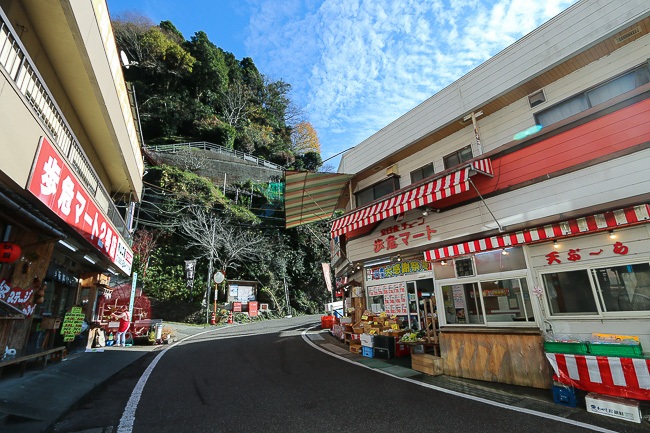
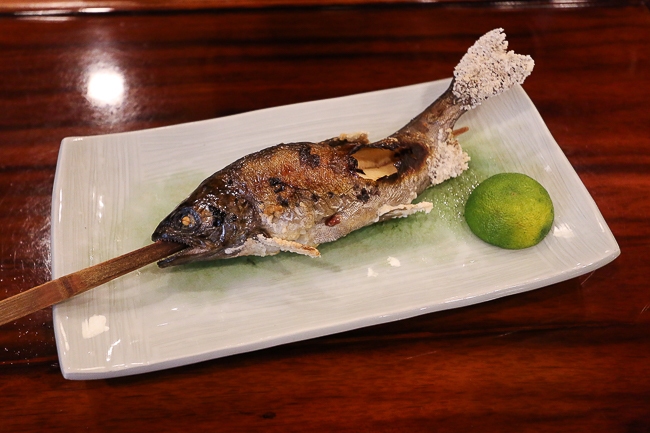
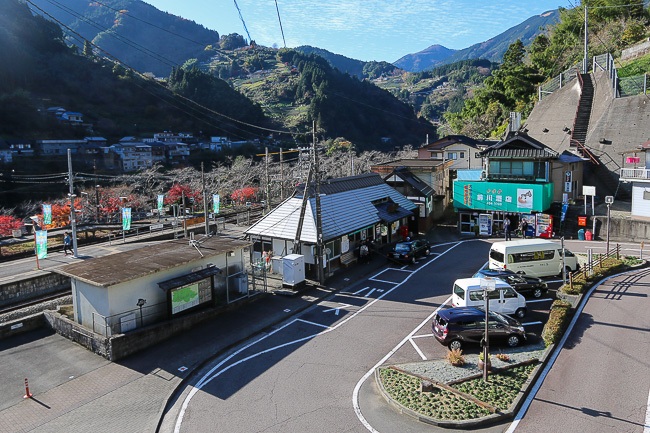

Next on my list was Ochiai Village, deep in the Iya Valley. I went to check out the houses built along the valley's steep slopes. Some of the farmhouses date to the mid Edo through early Meiji periods, with rocks brought in from the mountains to construct terraces on the slopes. A number of the houses have been restored and converted into accommodations for those who want to experience living in a traditional Japanese farmhouse (kominka).
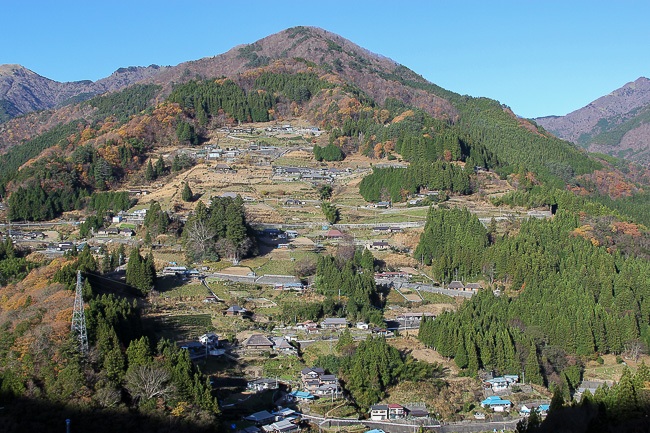
Not far from the Ochiai Village are the vine bridges that the Iya Valley is famous for. The Oku-Iya Kazurabashi bridges are closed from December till March so I headed to the Iya Kazurabashi bridge. I had imagined the rope bridge to be in the middle of nowhere and perhaps required a short hike through the forest to reach it, however it was quite easily accessible by bus or car. I parked my rental car at the nearby car park and walked a couple of minutes to the 45 meter long vine bridge. There is a fee of 550 yen to cross the bridge, and crossing it was both scary and exciting at the same time as the bridge creaks and sways as you move.
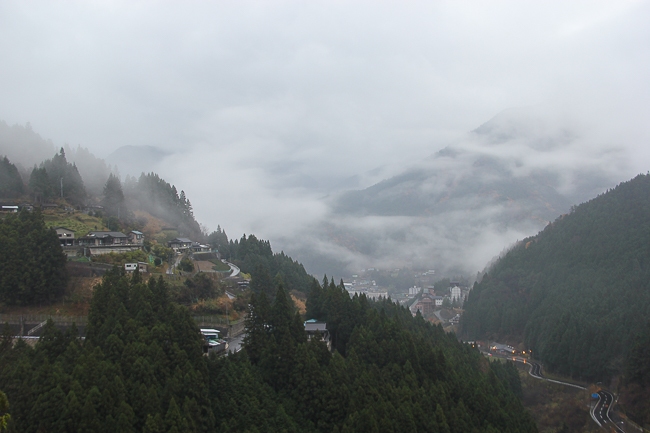
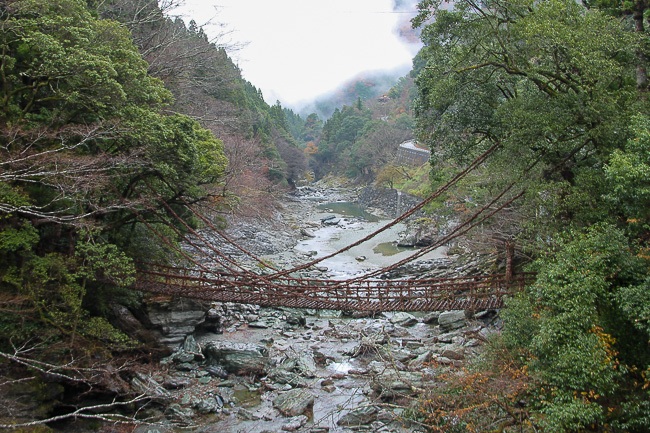
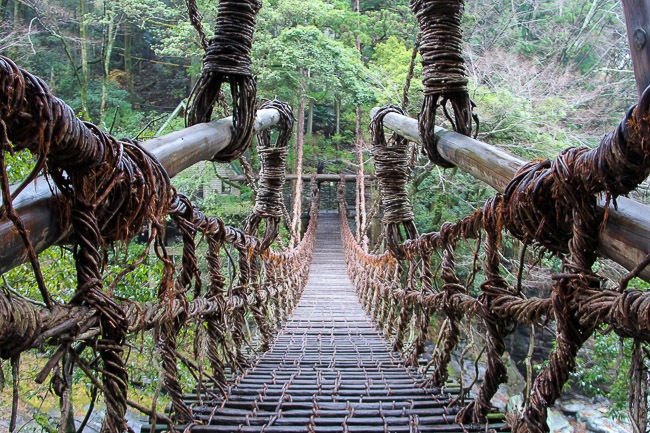
After surviving the walk across, I made my way towards the Manikin Peeing Boy Statue and looked down the dizzying height into the gorge. Even though there wasn't anyone around, I refrained from climbing over the railing to pee and prove my bravery (I don't think it is allowed either).
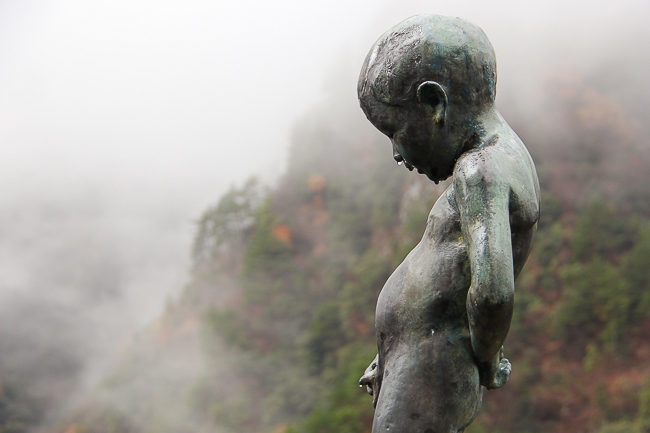
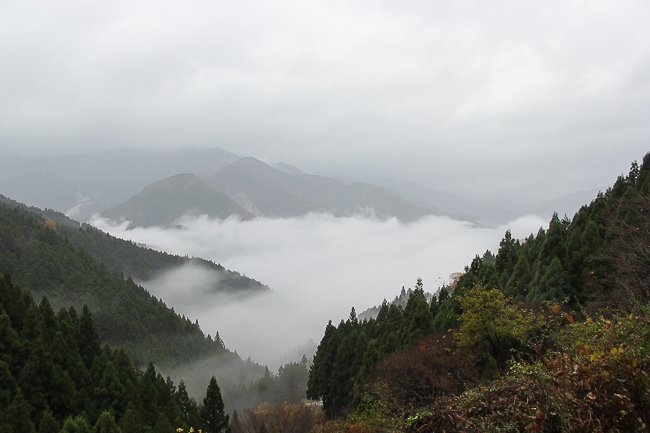
From the peeing boy statue, I made my way down the winding national route to Higashi Miyoshi City, and stopped at Minoda no Fuchi, a campsite along the banks of the Yoshino River with interesting rock formations. Sightseeing boat cruises ply the river between mid March and end November, but unfortunately, operations had closed for the winter when I was there. Instead, I explored the rock formations on foot. The rock formations were similar to the ones I saw along the Oboke sightseeing cruise, and it was nice to be able to inspect them up close.
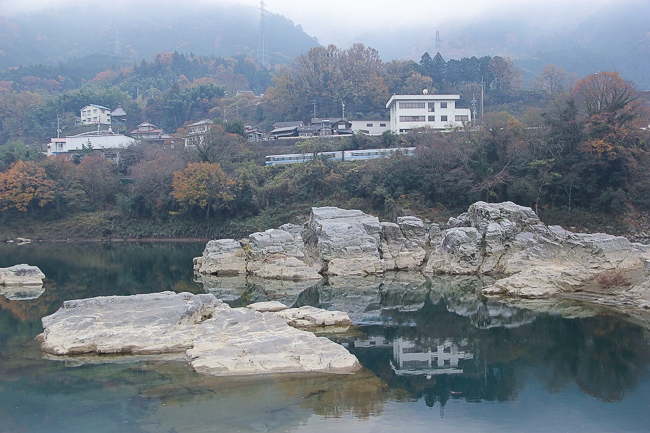
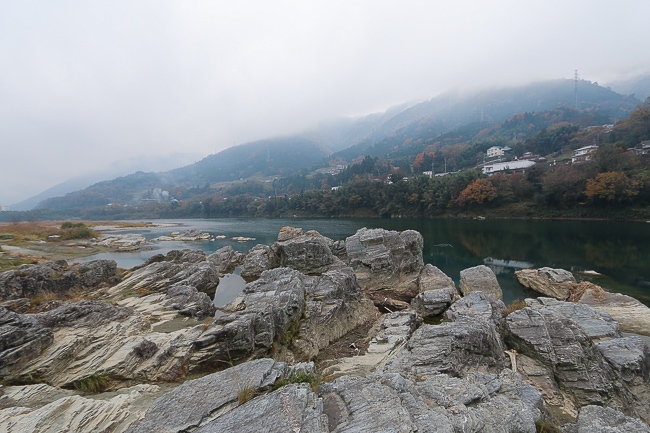
A ten minute drive east of Minoda no Fuchi brought me to the 1000 year old camphor tree, Kamo no Okusu, which was appointed as a national natural monument in 1956. The massive tree has a trunk girth of about 13 meters, a height of 25 meters and a canopy of about 40 meters.
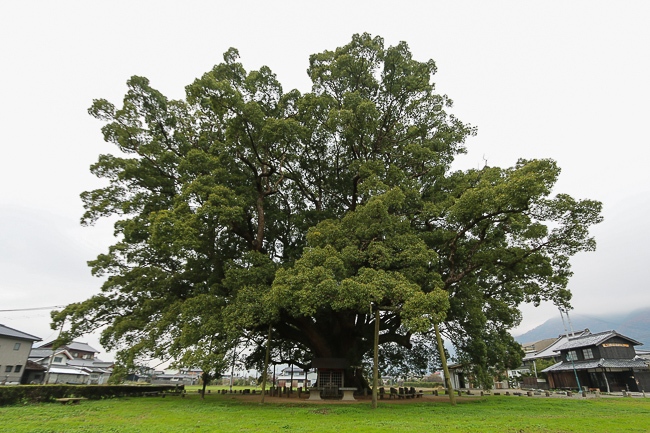
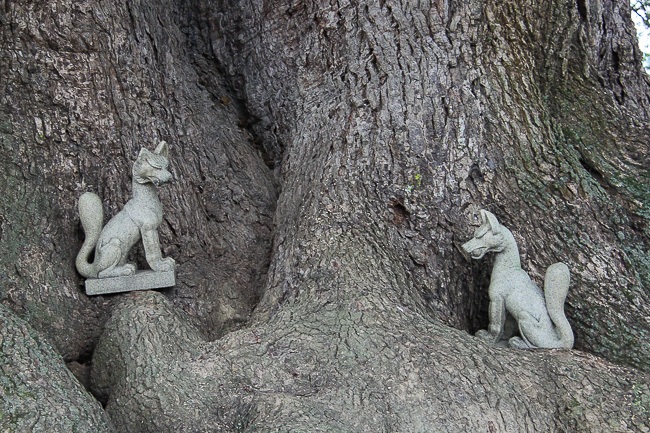
I spent the time before my late afternoon flight back to Tokyo in Mima Town, visiting Sadamitsu and Wakimachi streets (udatsu no machinami). The houses along the two streets have a similar unique architectural feature, a protruding side wall - udatsu - that extends past the roof of the first floor. Originally meant to protect the ends of the roof, these udatsu were also useful for preventing fires from spreading between houses. One of the houses in Wakimachi, the former Yoshida family residence, can be entered for a fee of 510 yen, however there are no English explanations nor brochures available inside. The house was larger than I expected, and there was also a small gallery in the warehouse adjacent to the main building.
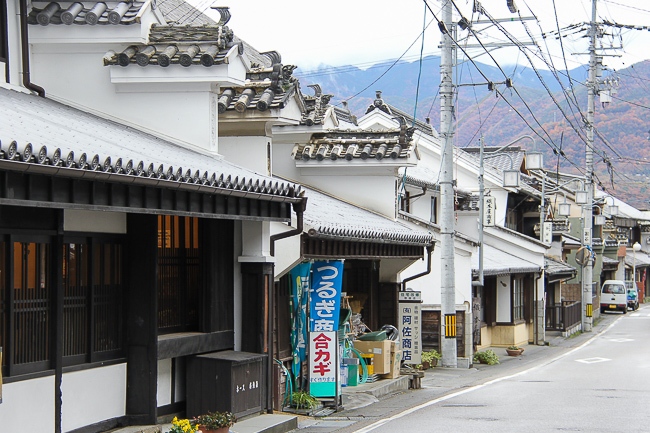
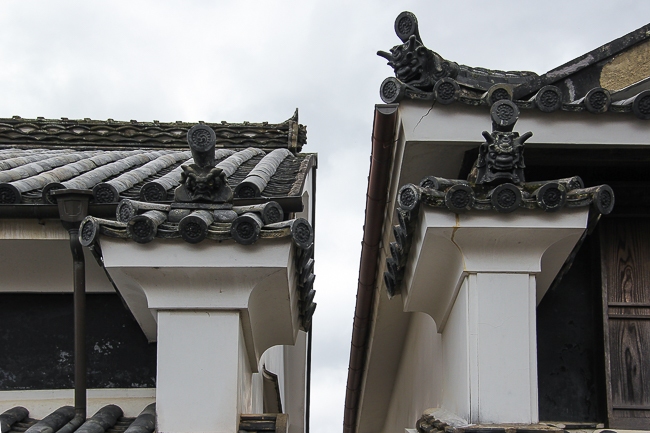
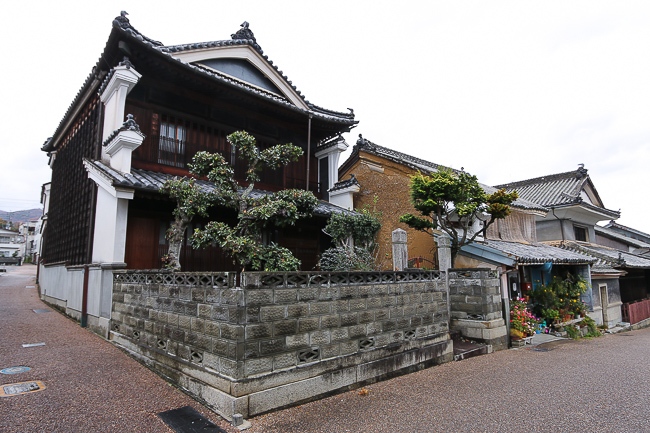
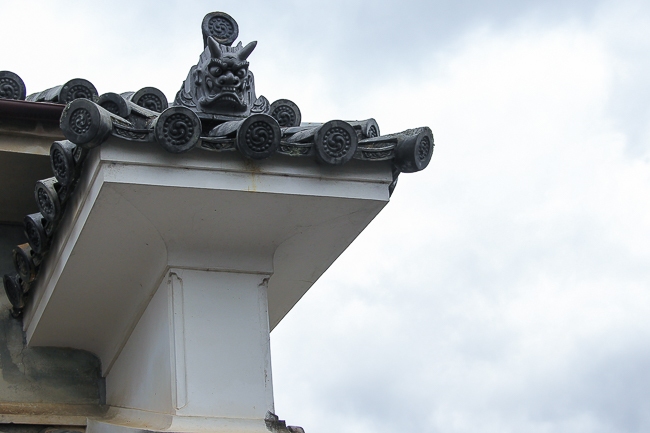
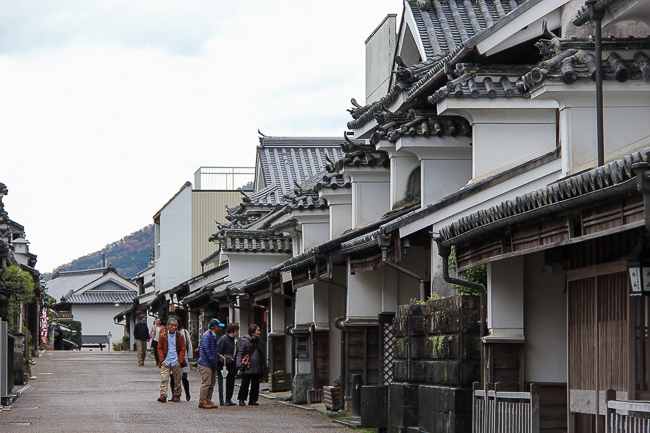
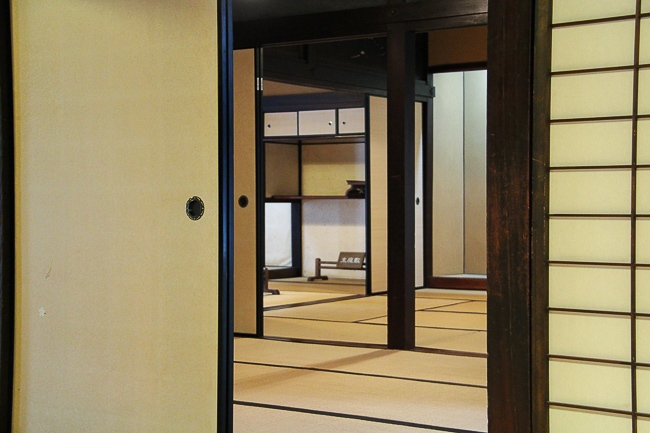
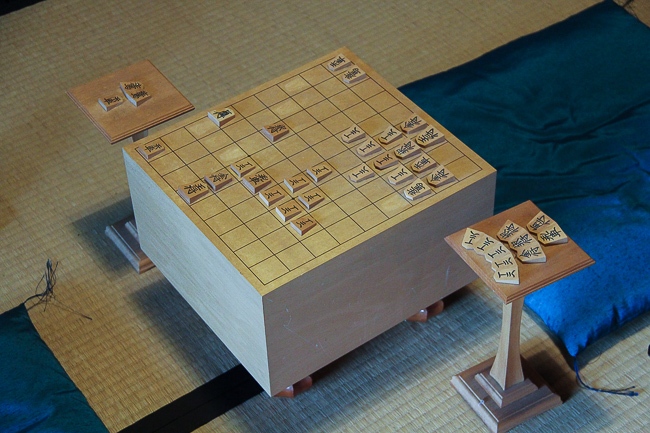
The temple district in Mima is not far from Sadamitsu Udatsu Street and comprises of four temples within walking distance from one another and a couple that are slightly further away. I spent some time in the area, and found it very relaxing visiting the temples and walking along the quiet streets. The temples are free to enter, and a priest at one of the temples even gave me a mini tour of the premises.


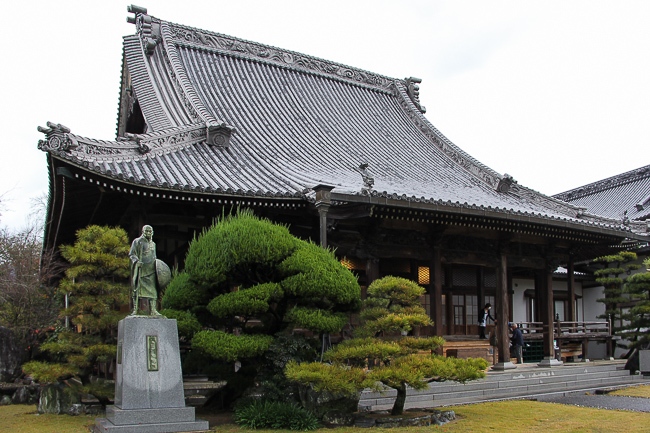

In case you thought I did not sleep for 48 hours in Tokushima, I had the great fortune to stay at the 300 year old traditional Japanese farmhouse, Chiiori, located in the Iya Valley along the slopes of the mountain. It was one of the highlights of my trip, and I thought that there was no better place to experience staying in a traditional home than deep in the rural Iya Valley. The restored farmhouse is outfitted with modern luxuries like floor heating, hot showers and wireless internet. There is a full kitchen in the house, and guests are free to prepare their own meals as there are no restaurants nearby. Alternatively, meals can also be catered for (advance reservations required). Getting to Chiiori by car is recommended as there are no buses to the area. It is advisable to arrive before nightfall as the road leading to the property is relatively narrow, scarcely lit and prone to wildlife dashing out unexpectedly.
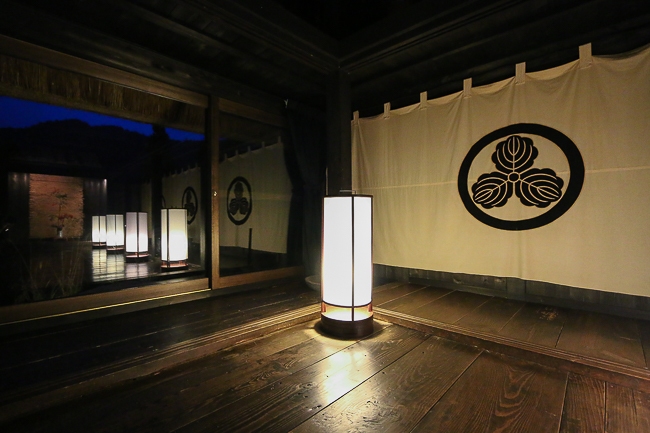
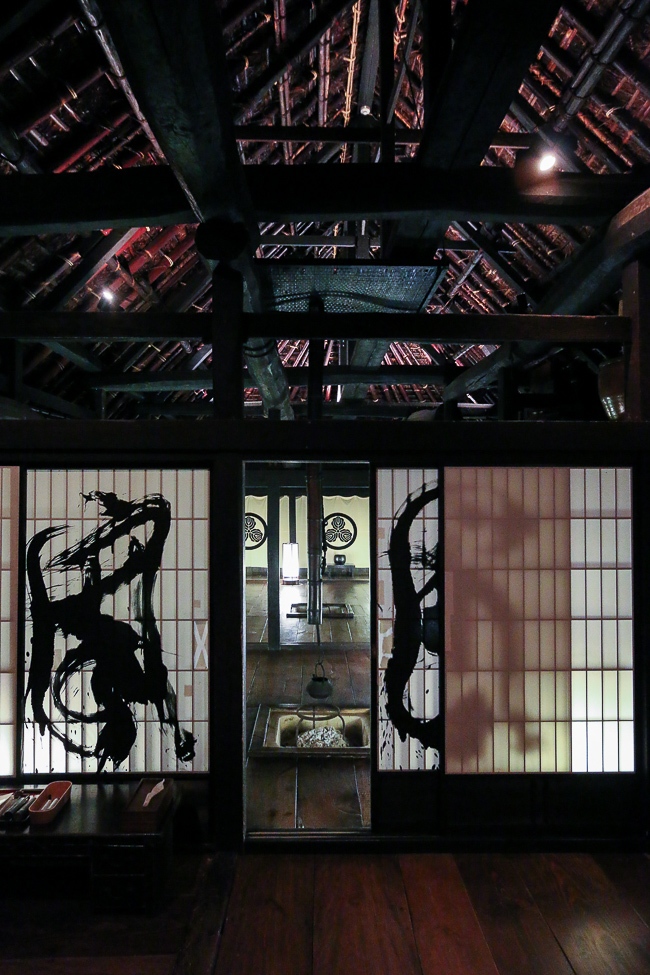
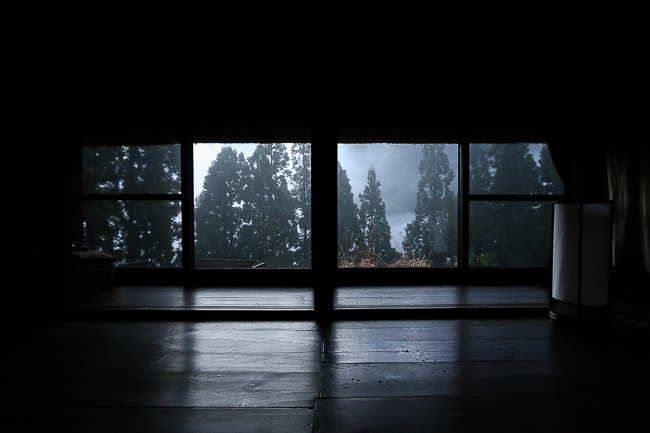
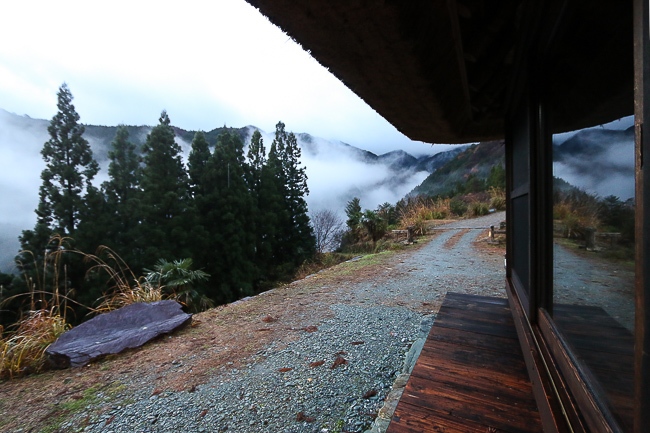

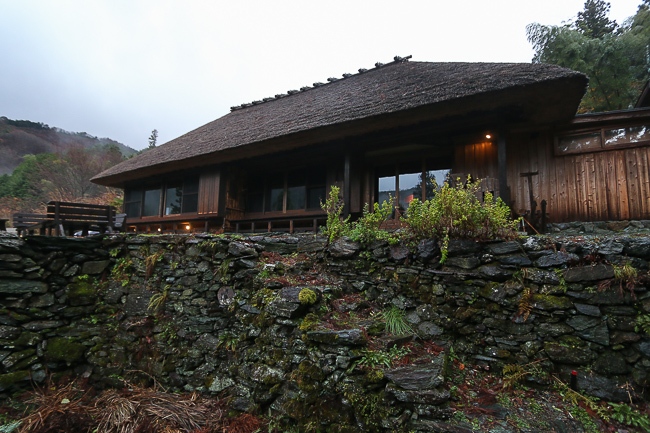
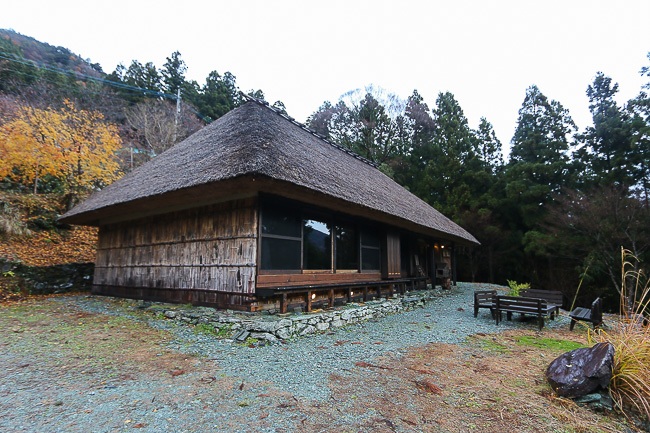
| previous post |
| next post |